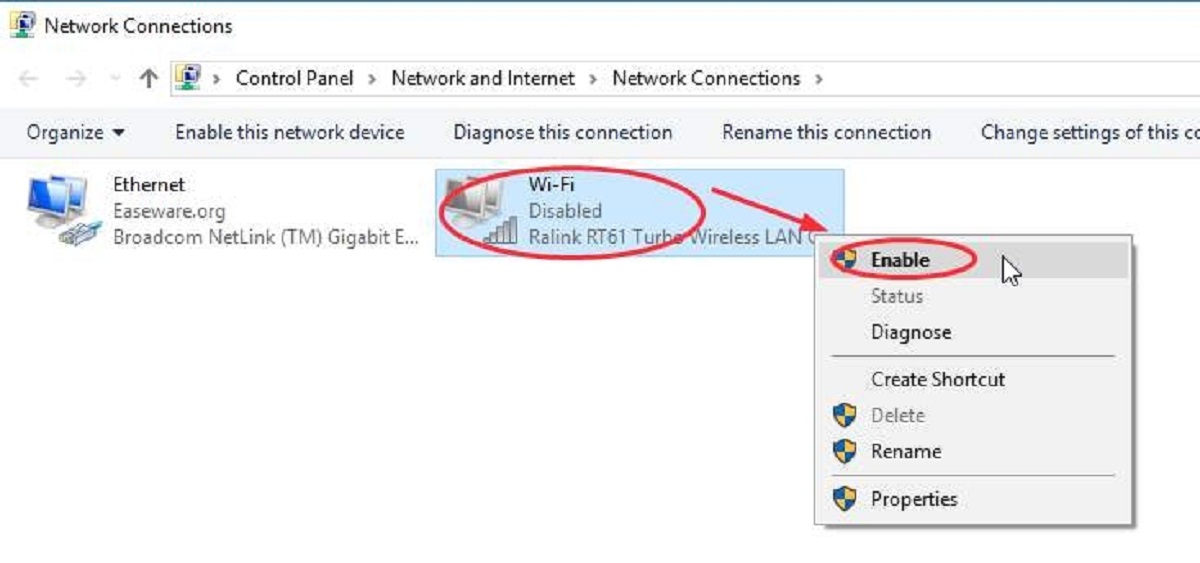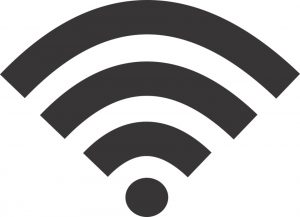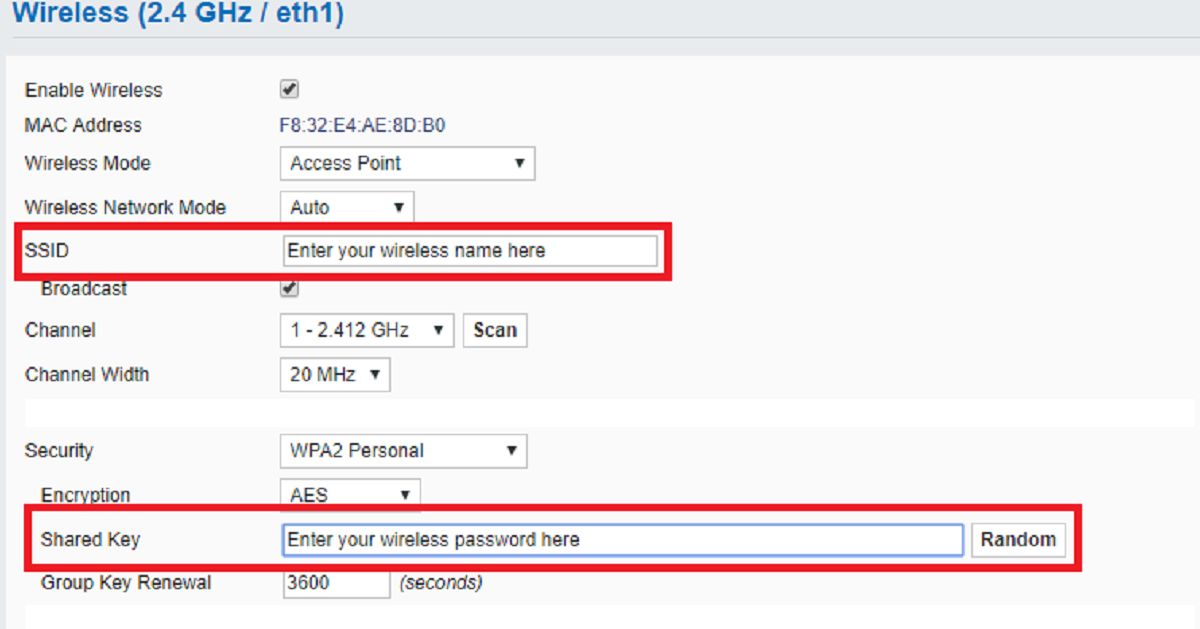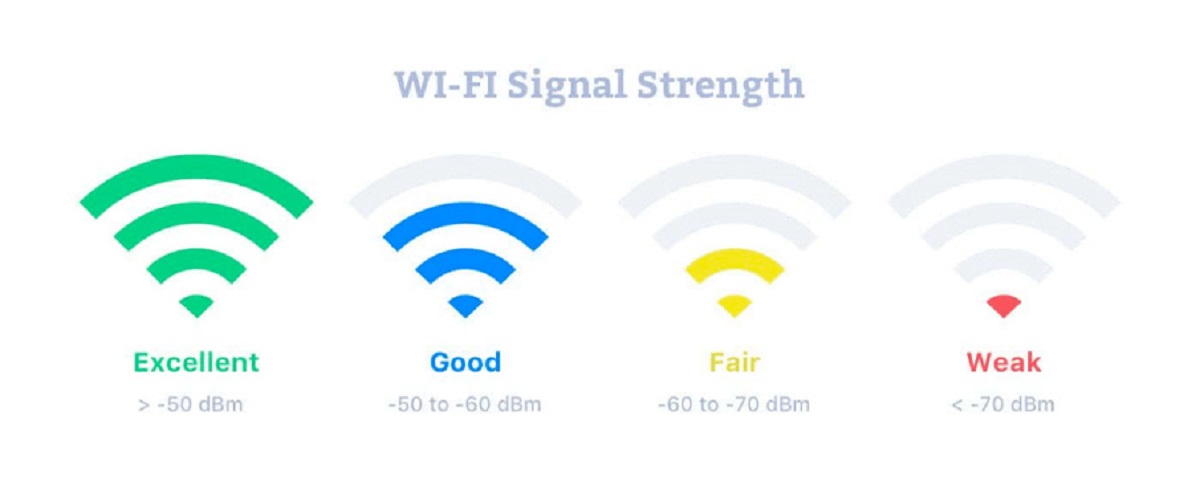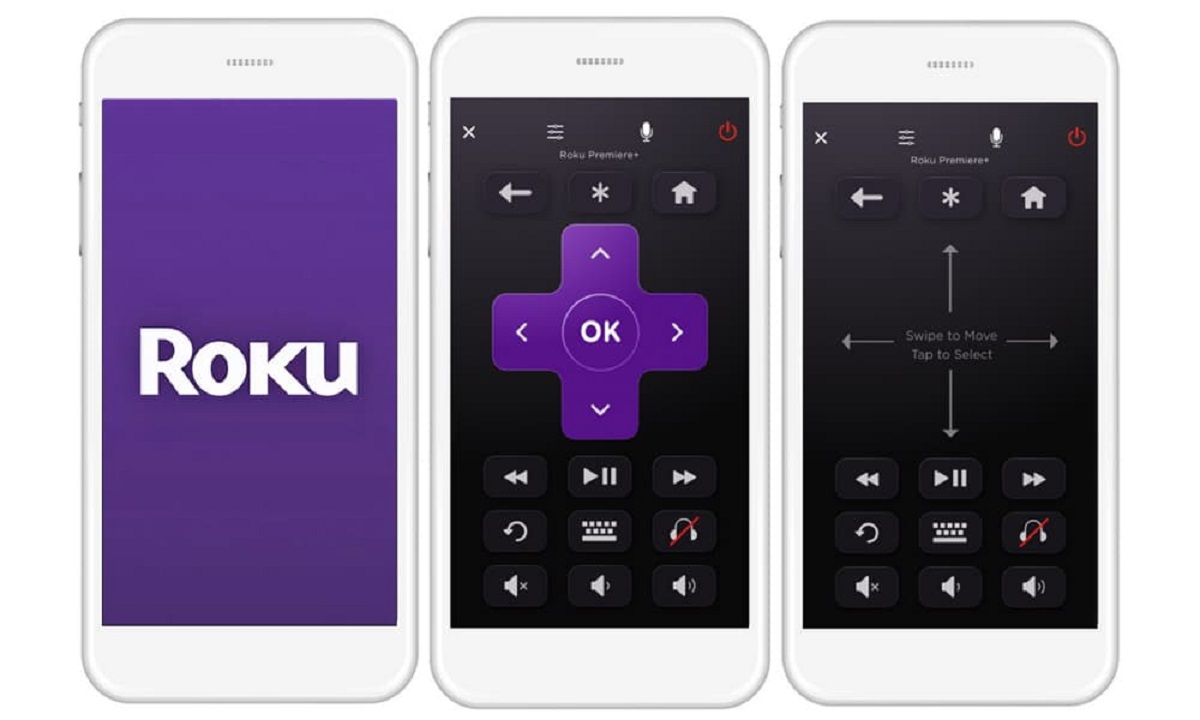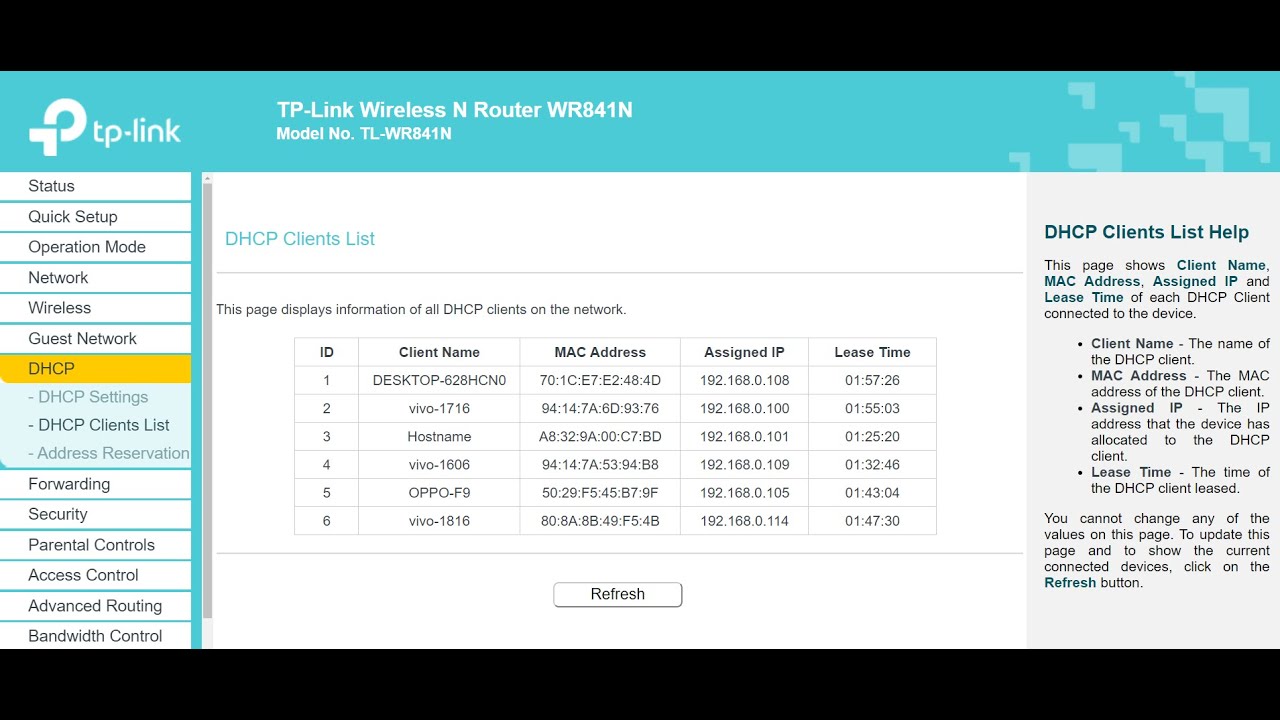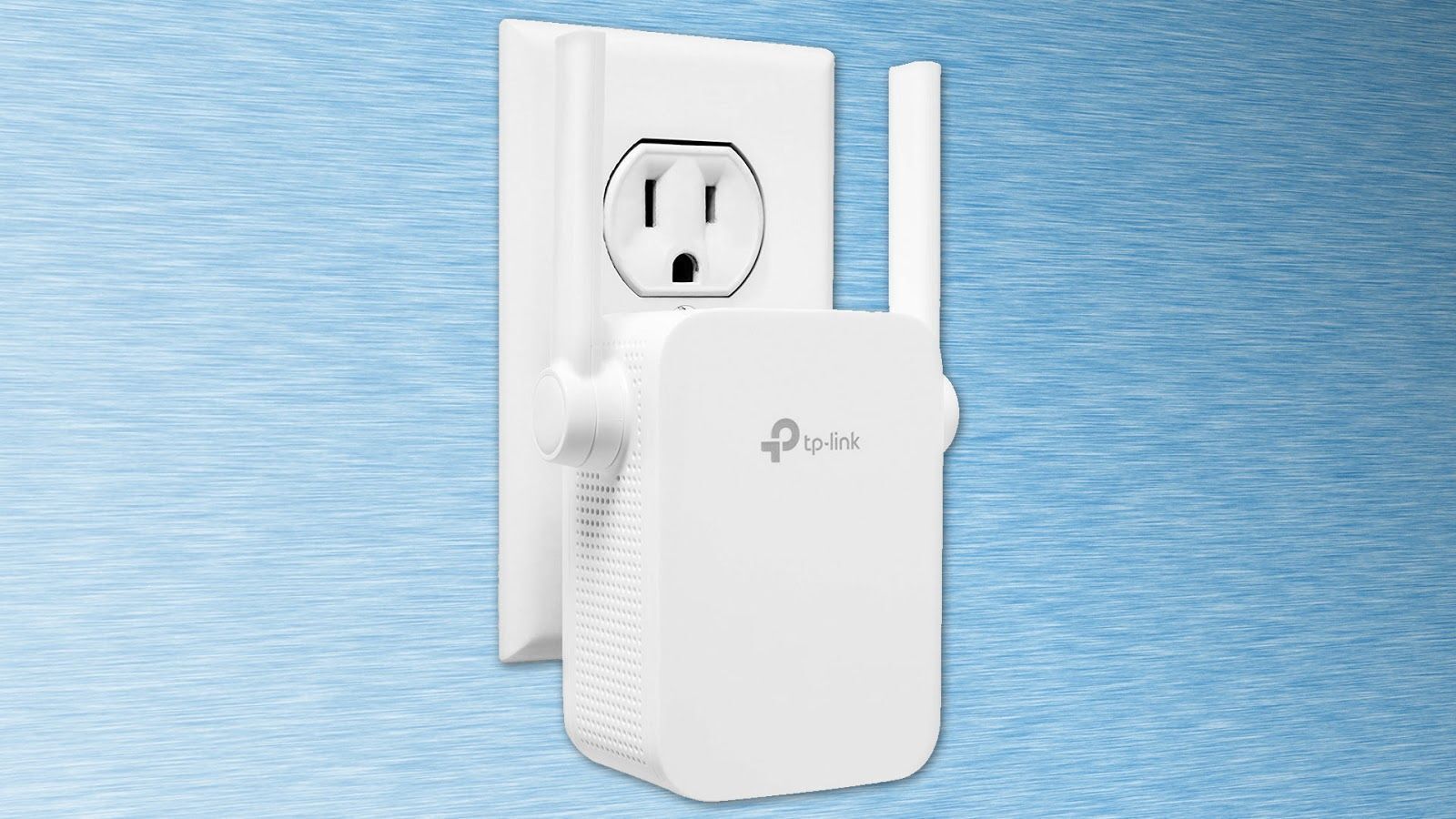Possible Reasons Why Your Wifi Network Is Not Showing Up
If you’re facing the frustrating issue of your wifi network not showing up, there could be several potential reasons behind this problem. Understanding these reasons can help you identify the underlying issues and take appropriate measures to resolve them. Let’s explore some possible explanations:
- Network Connectivity Issues: Weak or unstable internet connections can often result in your wifi network not appearing on devices. It’s important to ensure that your modem or router is securely connected and functioning properly.
- Wifi Router Problems: If your wifi router is malfunctioning or experiencing technical issues, it may prevent your network from being detected. Check for any visible damages, reset the router, or try using a different router if possible.
- Signal Interference: The presence of other electronic devices, such as microwave ovens or cordless phones, near your router can interfere with the wifi signal. Try relocating your router to a less congested area or switch to a different wifi channel to mitigate these interferences.
- Outdated or Incompatible Router Firmware: An outdated or incompatible router firmware can cause connectivity issues, leading to your wifi network not being displayed. Ensure that your router’s firmware is up to date and compatible with your devices.
- Network Adapter Issues: Problems with your device’s network adapter can prevent it from detecting available wifi networks. Make sure your adapter software is up to date and working correctly.
- Hidden Network Settings: Some networks may be intentionally hidden for security reasons. Check your device’s wifi settings to ensure it’s set to display all available networks rather than just the visible ones, as this could be the reason why your network isn’t appearing.
- Operating System Glitches: Software glitches or bugs in your device’s operating system can occasionally cause wifi connectivity issues. Restarting your device or updating the operating system can sometimes resolve these problems.
- Nearby Device Interference: Other electronic devices or routers in close proximity to yours can interfere with the wifi signal. Try turning off or relocating any nearby devices to see if it improves the visibility of your network.
- Router Configurations/Settings: Incorrect router configurations or settings can also lead to the network not being displayed. Double-check your router’s settings, such as SSID (network name) and password, to ensure they are correctly set up.
By considering these possible reasons, you can troubleshoot the issue of your wifi network not showing up. Keep in mind that the solutions may vary depending on the specific circumstances. If you’re unsure or unable to resolve the problem, consider reaching out to your internet service provider (ISP) or a professional technician for further assistance.
Network Connectivity Issues
One of the common reasons why your wifi network may not be showing up is due to network connectivity issues. Here are some possible factors that could be affecting your internet connection:
1.1 Weak Signal: If your wifi router is located far away from your device or there are physical obstacles like walls or furniture blocking the signal, the signal strength may weaken. As a result, your device may not be able to detect the network. Try moving closer to the router or consider installing a wifi range extender to improve the signal coverage.
1.2 Internet Service Provider (ISP) Outage: It’s worth checking if your ISP is experiencing an outage in your area. Sometimes, service disruptions may occur due to maintenance work or technical issues from your ISP’s end. Contact your ISP to inquire about any ongoing network interruptions.
1.3 Misconfigured Network Settings: Sometimes, incorrect network settings on your device can prevent your wifi network from showing up. Check if you accidentally disabled the wifi function on your device or if the network settings are set to connect automatically to a different network. Adjusting these settings could resolve the issue.
1.4 Router Power or Cable Issues: Ensure that your wifi router is properly powered on and connected to the modem. Loose power cables or Ethernet cables can disrupt the connection and prevent your network from appearing. Check the physical connections and make sure everything is securely plugged in.
1.5 Network Congestion: In heavily populated areas or in places with multiple wifi networks in close proximity, network congestion can occur. Too many networks operating on the same channel can cause interference and make it difficult for your device to detect your specific network. Changing your router’s broadcasting channel can help alleviate this problem.
1.6 Firmware Issues: Outdated firmware on your router can lead to compatibility issues and connectivity problems. Check the manufacturer’s website to see if there are any firmware updates available for your router model. Updating the firmware may address any bugs or glitches that could be impacting your network visibility.
By troubleshooting these network connectivity issues, you may be able to resolve the problem of your wifi network not showing up. Keep in mind that the solutions may vary depending on the specific circumstances. If you’re unable to identify or fix the issue, contacting your ISP or seeking assistance from a technical professional is recommended.
Wifi Router Problems
If your wifi network is not showing up, the issue might be related to problems with your wifi router. Here are some possible router-related factors to consider:
2.1 Power Cycling: Sometimes, performing a simple power cycle can help resolve router problems. Turn off your router, wait for about 30 seconds, and then turn it back on. This process can refresh the router’s settings and clear any temporary glitches that may be causing the network visibility issue.
2.2 Overheating: If your router is overheating, it can affect its performance and cause connectivity issues. Ensure that your router is placed in a well-ventilated area and not surrounded by objects that could trap heat. If necessary, you can also try using a cooling fan or positioning the router in a cooler environment.
2.3 Antenna Placement: Incorrect antenna placement can weaken the router’s signal and impact network visibility. Check if the antennas are securely attached and positioned properly. Experiment with adjusting the antenna angles to optimize signal strength and improve network detection.
2.4 Hardware Problems: Physical damage or hardware malfunctions can prevent your router from functioning properly. Inspect the router for any visible signs of damage, such as loose cables or burnt-out components. If you suspect hardware issues, consider contacting your router manufacturer for assistance or replacing the router if necessary.
2.5 Outdated Router: Older router models may not support the latest technologies or have limited capabilities. This can result in compatibility issues with newer devices, leading to network visibility problems. Consider upgrading your router to a newer model that better meets your current connectivity needs.
2.6 Router Configuration Errors: Incorrect router settings or misconfigurations can also cause your wifi network to be invisible. Double-check the router’s configurations, such as the SSID (network name), password, and security settings. Make sure they match the settings specified by your internet service provider or any customizations you have made in the past.
By addressing these wifi router problems, you may be able to resolve the issue of your network not appearing. However, if the problem persists or if you’re uncertain about how to fix the router issues, it’s advisable to seek assistance from your router manufacturer’s support team or consult with a networking professional.
Signal Interference
One possible reason why your wifi network may not be showing up is signal interference. Various factors can interfere with the wifi signal, impacting network visibility. Here are some common sources of signal interference to consider:
3.1 Physical Obstacles: Thick walls, furniture, and large appliances can block or weaken the wifi signal, making it difficult for your device to detect the network. Try repositioning your router to a more centralized location or away from obstructions to improve signal strength and visibility.
3.2 Electronic Devices: Other electronic devices operating in the same frequency range as wifi, such as microwave ovens, cordless phones, baby monitors, and Bluetooth devices, can cause signal interference. Keep your router away from such devices or try relocating them to minimize interference.
3.3 Neighbor’s Wifi Networks: Networks from nearby neighbors can overlap with your wifi channel, leading to signal interference. To overcome this, select a less congested wifi channel or use wifi analyzer tools to identify and adjust to the least crowded channel in your area.
3.4 Outside Interference: External factors like weather conditions, power lines, and radio waves from nearby transmission towers can affect wifi signal strength and visibility. While these factors are not within your control, ensuring that your wifi router is positioned away from potential sources of interference can help minimize their impact.
3.5 Wireless Range Extenders: While helpful in extending wifi coverage, wireless range extenders can sometimes cause signal interference if not properly configured. Make sure the extender is set up at an optimal distance from the main router and that the channels between the extender and the router do not overlap.
3.6 Wifi Network Load: If there are multiple devices connected to your wifi network simultaneously, it can overwhelm the router and lead to signal degradation. Consider reducing the number of connected devices or upgrading to a higher-capacity router to handle the increased network load.
3.7 Interference from Building Materials: Certain building materials like concrete, metal, and glass can reflect or absorb wifi signals, causing signal loss and poor network visibility. If you suspect this to be an issue, consider using wifi range extenders or mesh wifi systems to ensure better coverage throughout your space.
By mitigating signal interference through strategic router placement, channel selection, and minimizing obstacles, you can improve the visibility of your wifi network. Experiment with different positioning techniques and settings to find the optimal configuration that maximizes signal strength and reduces interference.
Outdated or Incompatible Router Firmware
If your wifi network is not showing up, it’s possible that your router’s firmware is outdated or incompatible with your devices. Router firmware is the built-in software that manages the router’s functionality. Here are some aspects to consider regarding outdated or incompatible router firmware:
4.1 Firmware Updates: Router manufacturers regularly release firmware updates to address bugs, security vulnerabilities, and compatibility issues. Check your router manufacturer’s website for any available firmware updates for your specific router model. Updating the firmware can potentially resolve the network visibility issue.
4.2 Compatibility with Devices: Newer devices may not be fully compatible with older router firmware versions. If you recently acquired a new device and it is not detecting your wifi network, it’s worth checking if your router’s firmware supports the specific devices you are trying to connect. In some cases, upgrading your router’s firmware can improve compatibility and increase network visibility.
4.3 Manual Firmware Update: If your router does not support automatic firmware updates, you might need to manually install the latest firmware version. Carefully follow the instructions provided by your router manufacturer to ensure a successful firmware update. It’s important to note that improper firmware updates can potentially damage your router, so proceed with caution.
4.4 Firmware Corruption: In rare cases, the router firmware may become corrupted due to power surges or other technical issues. This can lead to various problems, including the network not being visible. In such situations, you may need to reset your router to factory settings and then re-flash the firmware to restore its functionality.
4.5 Consider Professional Help: If you are unsure about updating your router’s firmware or experience difficulties during the process, consider contacting your router manufacturer’s support team or seeking assistance from a professional technician. They can guide you through the firmware update process or evaluate if there are any underlying issues causing the network visibility problem.
Checking for firmware updates and ensuring compatibility with your devices is crucial for maintaining optimal router performance and network visibility. Regularly updating your router’s firmware, when available, can help resolve issues, improve security, and ensure compatibility with the latest devices. However, exercise caution and follow the manufacturer’s instructions carefully to avoid any potential problems during the firmware update process.
Network Adapter Issues
If your wifi network is not showing up, it’s possible that there are issues with your device’s network adapter. The network adapter is responsible for connecting your device to the wifi network. Here are some factors to consider regarding network adapter issues:
5.1 Driver Problems: Outdated or incompatible network adapter drivers can cause connectivity issues and prevent your device from detecting wifi networks. Check the manufacturer’s website or your device’s support page to download and install the latest driver updates for your specific network adapter.
5.2 Disabled Adapter: Sometimes, the network adapter on your device may get accidentally disabled. Check your device’s network settings to ensure that the network adapter is enabled and active. If it’s disabled, enable it, and then try scanning for wifi networks again.
5.3 Hardware Malfunction: A faulty or malfunctioning network adapter can lead to connectivity problems and result in your wifi network not appearing. If you suspect a hardware issue, consider contacting your device manufacturer’s support team for further assistance or having the network adapter professionally diagnosed and repaired.
5.4 Compatibility Issues: Certain network adapters may not be fully compatible with specific wifi standards or encryption methods. Ensure that your device’s network adapter supports the wifi standard used by your router (e.g., 802.11ac, 802.11n) and the encryption method (e.g., WPA2, WEP) set on your network.
5.5 Restart Network Adapter: Sometimes, simply restarting the network adapter can help resolve temporary glitches that may be affecting the visibility of wifi networks. Disable the network adapter, wait a few seconds, and then re-enable it to see if the wifi network appears.
5.6 Network Adapter Settings: Incorrect network adapter settings can prevent your device from detecting available wifi networks. Check the network adapter properties on your device and ensure that settings such as SSID broadcasting and power management are properly configured to allow network visibility.
By addressing these network adapter issues, you can potentially resolve the problem of your wifi network not showing up. If you’re unsure about performing any troubleshooting steps or experiencing difficulties, consult your device manufacturer’s support team or seek assistance from a knowledgeable technician.
Hidden Network Settings
If your wifi network is not showing up, one possible reason could be that it is set as a hidden network. Hidden network settings are used for added security, as they do not broadcast the network’s SSID (Service Set Identifier). Here’s what you need to know about hidden network settings:
6.1 Manual Network Connection: To connect to a hidden network, you need to manually enter the network’s SSID and password in your device’s wifi settings. Without this information, your device will not be able to detect the network. Ensure that you have the correct SSID and password to establish a connection.
6.2 Network Profile Configuration: Hidden network settings can be configured differently based on the device and operating system. Some devices may have specific options to enable the visibility of hidden networks in the wifi settings, while others may require manual configuration through advanced network settings. Consult the user manual or support resources for your device to learn how to manage hidden networks.
6.3 Network Discovery Tools: If you are unable to locate the hidden network manually, you can use network discovery tools or wifi analyzer apps that can detect and display all available networks, including hidden ones. These tools provide insights into nearby wifi networks, their SSIDs, and signal strengths, helping you identify and connect to hidden networks.
6.4 Security Considerations: While hidden networks offer an added layer of security, they are not completely immune to unauthorized access. Experienced users can still discover hidden networks through various means. It’s crucial to ensure that your hidden network has a strong password and employs other security measures, such as strong encryption protocols like WPA2, to protect your network from potential threats.
6.5 Reverting Network Visibility: If you initially set your network to be hidden but now want it to be visible, you can modify the settings on your router. Access your router’s administration panel through a web browser and navigate to the wireless settings section. Look for the option to disable “Hide SSID” or “Enable SSID Broadcast” and save the changes. Afterward, your network should appear in the list of available networks on connected devices.
By familiarizing yourself with hidden network settings and their configuration options, you can successfully connect to hidden wifi networks. Remember to secure your hidden network with a strong password and maintain other security measures to ensure the privacy and integrity of your network.
Operating System Glitches
If your wifi network is not showing up, it’s possible that there are glitches or issues within your device’s operating system that are preventing the network from being detected. Here are a few considerations regarding operating system glitches:
7.1 Restart your Device: Sometimes, a simple restart can resolve minor operating system glitches. Restart your device and see if the wifi network appears after the reboot. This helps refresh system processes and can potentially resolve any temporary issues causing the network visibility problem.
7.2 Check Wifi Settings: Review your device’s wifi settings to ensure they are configured correctly. For example, check if the wifi function is enabled, airplane mode is turned off, and the device is actively scanning for available networks. Make any necessary adjustments and try scanning for wifi networks again.
7.3 Update Operating System: Outdated operating systems can cause compatibility issues and prevent your device from detecting wifi networks. Check for available system updates and install them if applicable. Updating the operating system can help resolve bugs and glitches, potentially addressing the network visibility problem.
7.4 Reset Network Settings: Resetting your device’s network settings can resolve certain operating system issues related to connectivity. However, be aware that this will remove any saved wifi networks and their associated settings on your device. To reset network settings, navigate to the appropriate options in your device’s settings and follow the instructions provided.
7.5 System Restore or Factory Reset: If the operating system glitches persist and affect other aspects of your device’s functionality, you may need to perform a system restore or factory reset. These options will revert your device’s settings back to a previous state or to the original factory settings, respectively. Be sure to back up your important data before proceeding with these steps, as they will erase all data on your device.
7.6 Contact Customer Support: If you are experiencing persistent operating system glitches that impact wifi network visibility, it may be beneficial to contact your device manufacturer’s customer support. They can provide specific troubleshooting steps or recommend further actions to resolve the issue based on your device’s make and model.
By addressing operating system glitches and ensuring your device’s settings are properly configured, you can increase the chances of resolving the issue of your wifi network not showing up. If the problem persists or if you’re uncertain about performing any troubleshooting steps, consider seeking assistance from your device manufacturer’s support team or consulting with an experienced technician.
Nearby Device Interference
If your wifi network is not showing up, nearby device interference could be a possible cause. Other electronic devices in close proximity to your router can interfere with the wifi signal, resulting in poor network visibility. Here are some factors to consider regarding nearby device interference:
8.1 Device Placement: Ensure that your wifi router is placed away from other electronic devices that operate in the same frequency range as wifi signals. Devices such as microwave ovens, cordless phones, baby monitors, and Bluetooth devices can cause interference. Keep your router at a distance from these devices or consider relocating them to reduce signal interference.
8.2 Channels Used by Nearby Routers: Similar to sharing physical space with other devices, sharing the same wifi channel with nearby routers can also lead to interference. Wifi networks operating on the same channel can experience signal overlap and hinder network visibility. Access your router’s admin settings and switch to a less crowded wifi channel to minimize interference.
8.3 Change Wifi Frequency Band: If your router supports both the 2.4 GHz and 5 GHz frequency bands, consider switching to the 5 GHz band if possible. The 5 GHz band is less congested and less prone to interference from nearby devices compared to the 2.4 GHz band. This can improve network visibility and overall wifi performance.
8.4 Adjust Antenna Position: Some routers have adjustable antennas that allow you to optimize the wifi signal direction. Experiment with adjusting the antenna positions to achieve the best signal reception and reduce interference from nearby devices. Positioning the antennas vertically or at a 45-degree angle often helps enhance the signal strength and minimize interference.
8.5 Shielding and Ferrite Beads: Certain electronic devices can emit electromagnetic interference (EMI) that affects wifi signals. To mitigate interference, you can use shielding materials or ferrite beads on cables connected to these devices. Shielding helps contain EMI, while ferrite beads suppress high-frequency noise. These measures can help reduce nearby device interference and increase network visibility.
8.6 Wifi Analyzer Tools: Using wifi analyzer tools or apps, you can gain insights into the wifi signals and networks present in your area. These tools provide information about signal strengths, channel congestion, and nearby devices that may be causing interference. Analyzing the data can help you make informed decisions to optimize your wifi network’s performance.
By addressing nearby device interference and implementing strategies to reduce signal interference, you can enhance the visibility of your wifi network. Experimenting with various placement options, wifi channel adjustments, and antenna positions can noticeably improve signal strength and overall network performance.
Router Configurations/Settings
The configurations and settings of your wifi router play a vital role in the visibility of your wifi network. If your network is not showing up, it’s worth checking and adjusting the following router settings:
9.1 SSID Broadcasting: The SSID (Service Set Identifier) is the name of your wifi network. Ensure that SSID broadcasting is enabled on your router so that it appears in the list of available wifi networks. Disabling SSID broadcasting can make your network invisible to devices, but it also makes it more challenging to connect to the network.
9.2 Security Settings: Verify that your router’s security settings are properly configured. Enable encryption protocols, such as WPA2 (Wi-Fi Protected Access 2), which provides stronger security than outdated encryption methods like WEP (Wired Equivalent Privacy). Set a robust password that combines numbers, letters, and special characters to protect your network from unauthorized access.
9.3 Channel Selection: Routers operate on specific wifi channels, and choosing the right channel can minimize interference from other nearby networks. Access your router’s admin settings and select a channel that is less crowded and experiences minimal interference. Wifi analyzer tools can help identify the least congested channels in your area.
9.4 Wifi Range and Power: Adjust the wifi range and power settings on your router to optimize coverage without sacrificing performance. Increasing the transmission power can extend the range but may also lead to increased interference. Fine-tune these settings to ensure you are getting adequate coverage without overwhelming neighboring wifi networks.
9.5 Quality of Service (QoS) Settings: QoS settings allow you to prioritize certain types of internet traffic over others. You can assign higher priority to bandwidth-intensive activities like video streaming or online gaming. Adjusting these settings can help ensure a smoother experience for specific devices or applications that require more bandwidth.
9.6 Firmware Updates: Regularly update your router’s firmware to benefit from bug fixes, security patches, and enhancements to network performance. Check the manufacturer’s website for firmware updates specific to your router model. Upgrading the firmware can address known issues and improve the overall stability and function of your router.
9.7 MAC Filtering: MAC filtering allows you to control which devices can connect to your wifi network. By specifying the MAC (Media Access Control) addresses of authorized devices, you can restrict access to your network. Ensure that any MAC filtering settings on your router are correctly configured, and the MAC addresses of your devices are accurately entered.
9.8 DHCP Settings: DHCP (Dynamic Host Configuration Protocol) assigns IP addresses to devices on your network. Verify that your router’s DHCP settings are configured correctly to allocate IP addresses automatically. Incorrect DHCP settings can cause conflicts and connectivity issues that may prevent your network from being visible to devices.
By evaluating and adjusting these router configurations and settings, you can enhance the visibility and operational efficiency of your wifi network. Review your router’s user manual or consult the manufacturer’s support resources for detailed instructions on accessing and modifying these settings.







